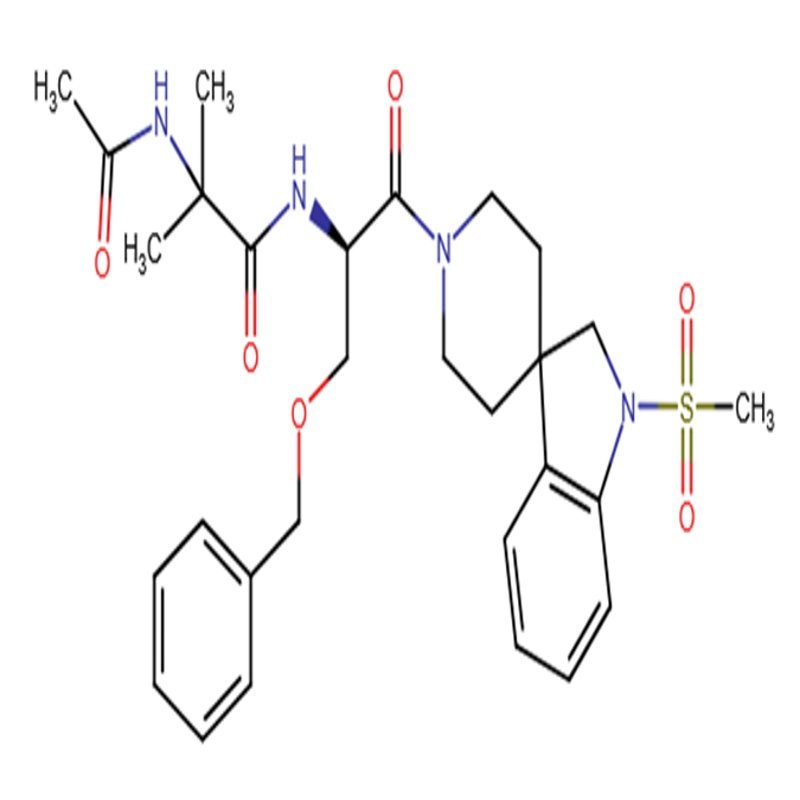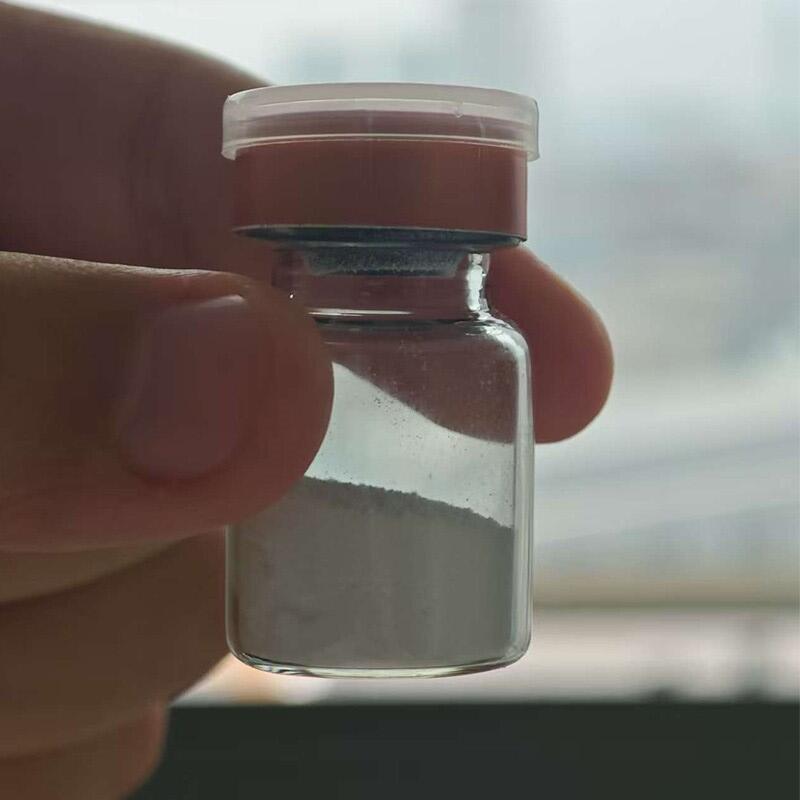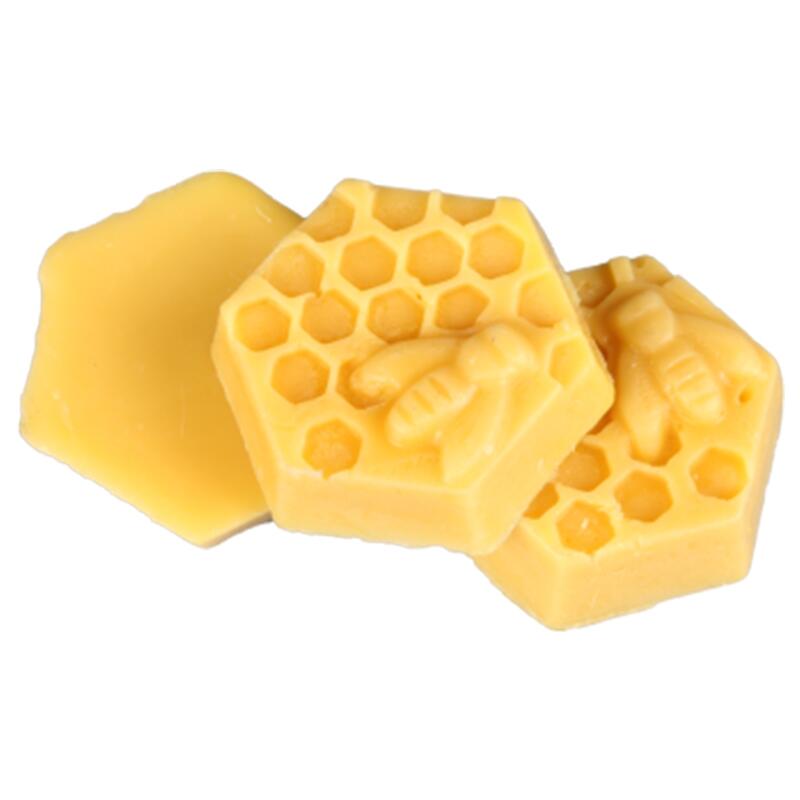-
Categories
-
Pharmaceutical Intermediates
-
Active Pharmaceutical Ingredients
-
Food Additives
- Industrial Coatings
- Agrochemicals
- Dyes and Pigments
- Surfactant
- Flavors and Fragrances
- Chemical Reagents
- Catalyst and Auxiliary
- Natural Products
- Inorganic Chemistry
-
Organic Chemistry
-
Biochemical Engineering
- Analytical Chemistry
-
Cosmetic Ingredient
- Water Treatment Chemical
-
Pharmaceutical Intermediates
Promotion
ECHEMI Mall
Wholesale
Weekly Price
Exhibition
News
-
Trade Service
2-Propenenitrile, also known as propenenitrile, is an organic compound with the molecular formula C3H4N.
It is a colorless liquid with a distinctive sweet and fruity odor.
2-Propenenitrile is used as a building block in the chemical industry, and it can undergo a variety of reactions to form different products.
In this article, we will discuss the upstream and downstream products of 2-propenenitrile, as well as its reactions with glycidol and tetraethylenepentamine.
Upstream Products of 2-Propenenitrile
The upstream products of 2-propenenitrile are primarily derived from the reaction of propene with hydrogen nitride.
This reaction involves the use of a metal catalyst, such as palladium or rhodium, to generate the nitride, which then reacts with propene to form 2-propenenitrile.
The reaction can be represented as follows:
CH3CH=CH2 + HN≡N → C3H4N + H2
Other upstream products of 2-propenenitrile include its synthesis from acetylene and hydrogen cyanide, as well as its isolation from natural sources such as petroleum.
Downstream Products of 2-Propenenitrile
The primary downstream products of 2-propenenitrile are derived from its reactions with other chemicals.
One of the most common reactions is the reaction with glycidol, which generates the compound 2-propenamide.
This reaction can be represented as follows:
C3H4N + HOCH2CH2OH → C3H6N2 + H2O
Another common downstream product of 2-propenenitrile is its reaction with tetraethylenepentamine, which generates the compound N-(2-propenenitrilo)tetraethylenetriamine.
This reaction can be represented as follows:
C3H4N + NH2CH2CH2NH2 → C3H6N4 + NH4Cl
Other downstream products of 2-propenenitrile include its use as a building block in the synthesis of other organic compounds, such as resins, plastics, and dyes.
Reactions of 2-Propenenitrile with Glycidol and Tetraethylenepentamine
The reaction of 2-propenenitrile with glycidol and tetraethylenepentamine are two of the most common reactions that 2-propenenitrile undergoes.
These reactions are often used in the chemical industry as a way to generate a wide range of products.
The reaction of 2-propenenitrile with glycidol generates 2-propenamide, which is a compound that is commonly used in the production of plastics, resins, and other organic compounds.
The reaction is exothermic, meaning that it releases heat, and it typically proceeds under conditions of high temperature and pressure.
The reaction can be represented as follows:
C3H4N + HOCH2CH2OH → C3H6N2 + H2O
The reaction of 2-propenenitrile with tetraethylenepentamine generates N-(2-propenenitrilo)tetraethylenetriamine, which is a compound that is commonly used as a corrosion inhibitor and a catalyst in the chemical industry.
The reaction is also exothermic, and it typically proceeds under conditions of high temperature and pressure.
The reaction can be represented as follows:
C3H4N + NH2CH2CH2NH2 → C3H6N4 + NH4Cl
Conclusion
2-







